These incredible images document the October 1992 fire which destroyed Linlathen High School’s science laboratories.
Some have never been seen before.
The deliberate blaze left the school on the brink of closure 30 years ago.
Linlathen was a junior secondary school when it opened in 1958 before growing to a roll of 1,250 pupils by 1973 after becoming a high school.
The school drew pupils from the Mill O’ Mains, Fintry and Linlathen estates, situated on the right side of the Forfar Road to the north of the Kingsway.
What happened in October 1992?
The school was closed for the October holidays in 1992 when a blaze ripped through the science block around 3pm after being deliberately started by a teenager.
A full turnout of firefighters backed up by seven appliances was scrambled and they were greeted by flames shooting through the roof of the science block.
An enormous plume of jet black smoke rose from the single-storey building and firefighters moved to protect the store where concentrated chemicals were housed.
The cloud of smoke and fumes which dwarfed the scarred building drifted south over Kingsway and settled over many main roads and reduced visibility for drivers.
Word quickly spread and Linlathen pupils were among those of all ages who made their way up to the school grounds where they gathered round to watch the drama.
The Courier reported: “While the blaze was at its height, children in nearby Mid Craigie – itself the victim of many deliberately-started outbreaks in recent months with so many houses lying empty awaiting demolition – climbed up to the charred rafters of the disused blocks to gain a grandstand view from the roof.
“Foremost in the firefighters’ minds was the risk that the dense smoke spiralling from the 40-metre long block could contain toxic fumes, because of the range of chemicals in the building with its biology, chemistry and physics labs.
“They faced the additional hazard of a fractured gas pipe at one end of the building, where gas had ignited and was burning under controlled conditions.
“If this had been snuffed out, there was a danger that the free flow of gas could have proved a real explosive hazard. The gas board attended and cut off the supply.
“However, the main potential danger was the store where the concentrated chemicals were contained. Housed in an adjacent wing to the seat of the fire, this area was quickly protected by firefighters who trained jets on that part of the building to keep it cool.
“Using one jet and five breathing apparatus sets, firemen concentrated on containing the fierce outbreak. Their colleagues trained another jet on an adjacent building to prevent any damage to it from the intense heat.
“Because of the danger of toxic fumes from chemicals in the thick smoke wafting across the adjoining built-up area of housing estates, police were asked to check the effects on civilians down wind of the burning premises, and, if necessary, evacuate them.”
Linlathen High fire could have caused explosions
Mark Ritchie and Andy Barrett were the first on the scene and raised the alarm with the school janitor George Stewart after returning from a game of golf at Caird Park.
He phoned 999 although the building was already well alight and seven of the 11 labs were eventually gutted with the chemistry section sustaining the most damage.
Tayside Fire Brigade Division Officer Gordon Adams spoke afterwards and said the fact it had been a science lab had made fighting the blaze all the more complicated.
He said: “There was always the possibility of explosions.
“The fire was in the centre of the building and we stopped it on five fronts.”
Once the flames died away, the question was what would happen to Linlathen High?
Tayside Regional Council considered three options which were: closure of the school; the re-instatement of the destroyed labs on the same site and the school’s capacity maintained at 1,100 pupils; or the reduction of the school’s capacity to 700 pupils and the refurbishment of the building with the new labs contained in surplus classrooms.
The third option was considered to offer the school a secure future, and the decision was taken to spend £1.6 million to remodel the school for a maximum of 700 pupils.
A 16-year-old boy admitted starting the fire and was sentenced to a one-year probation order in May 1993 at Dundee Sheriff Court and ordered to be of good behaviour.
His progress was so impressive that his supervising officer successfully applied to the court to have the probation order discharged before the 18 months were up.
He had turned over a new leaf.
Sadly there was no such happy ending for Linlathen High.
A report drawn up in 1995 by education director Anne Wilson earmarked Linlathen High and Rockwell High for closure along with primary schools Greenfield, West March, St Matthew’s and Rockwell to save £2m from its budget.
Linlathen would be closed and merged with Whitfield High.
The council would renege on a Labour election pledge through successive minority administrations on Tayside Region since 1985 that they would not close any schools.
Throughout the three-month consultation process the education authorities heard arguments against the closure which centred round the school’s place at the heart of the community, its unrivalled disabled access, state-of-the-art science laboratories, and the safety and cost of having children travel extra miles to a new school in Whitfield.
School merger in 1996
It closed the school with its roll at 518 pupils and Braeview Academy was the new name given to the two merged schools which started life in August 1996.
The Linlathen High site was eventually sold for £12m in 2003 to Morrisons which opened a supermarket and petrol station in 2007.
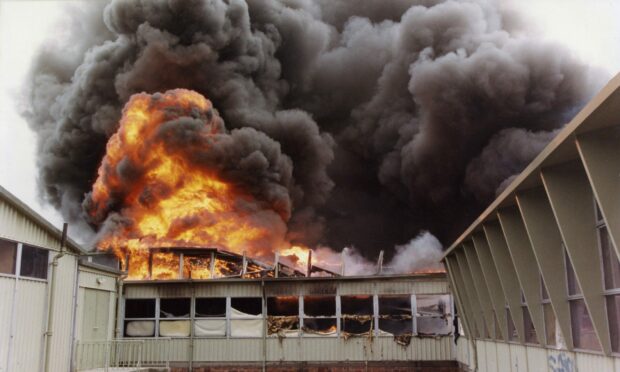
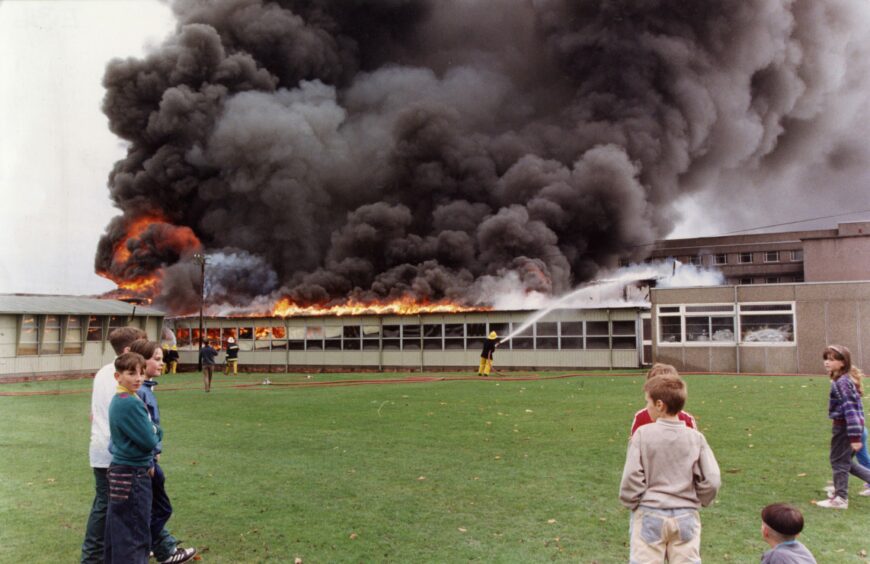
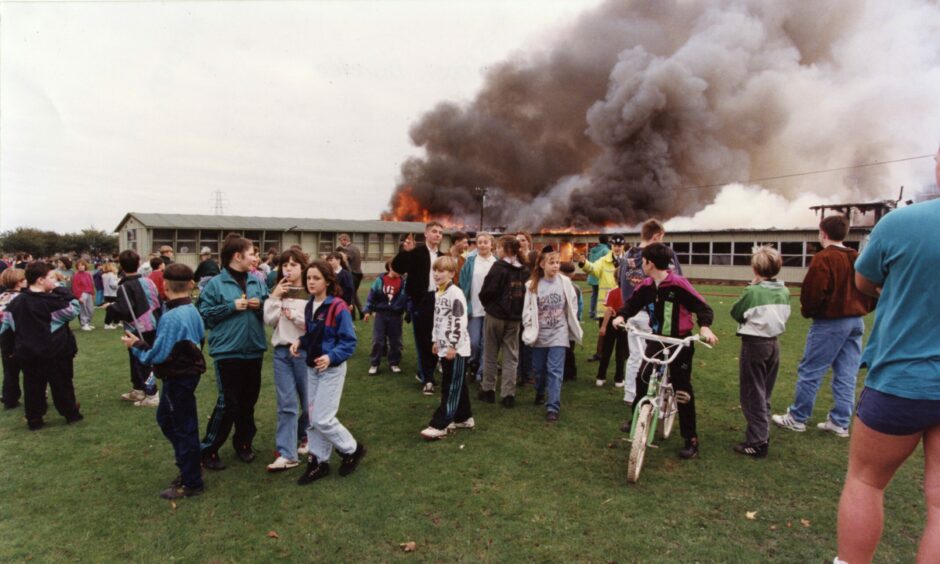
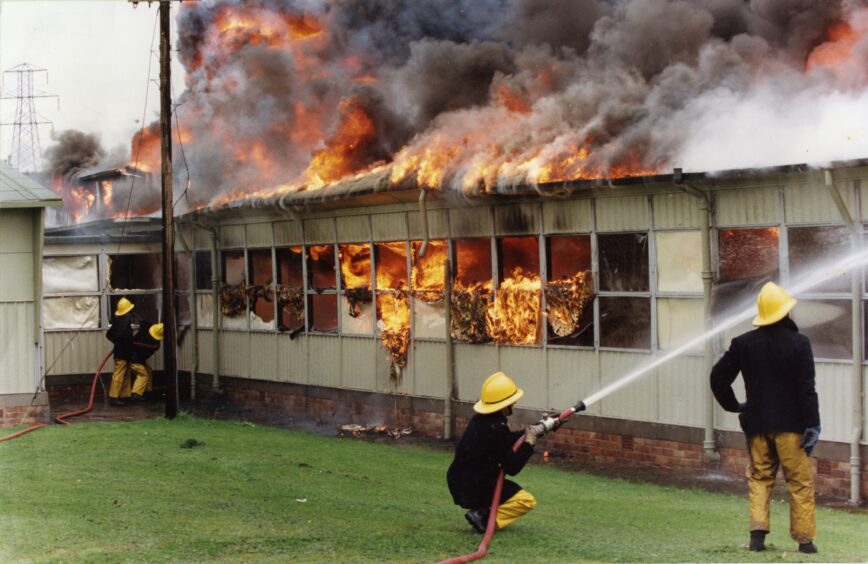
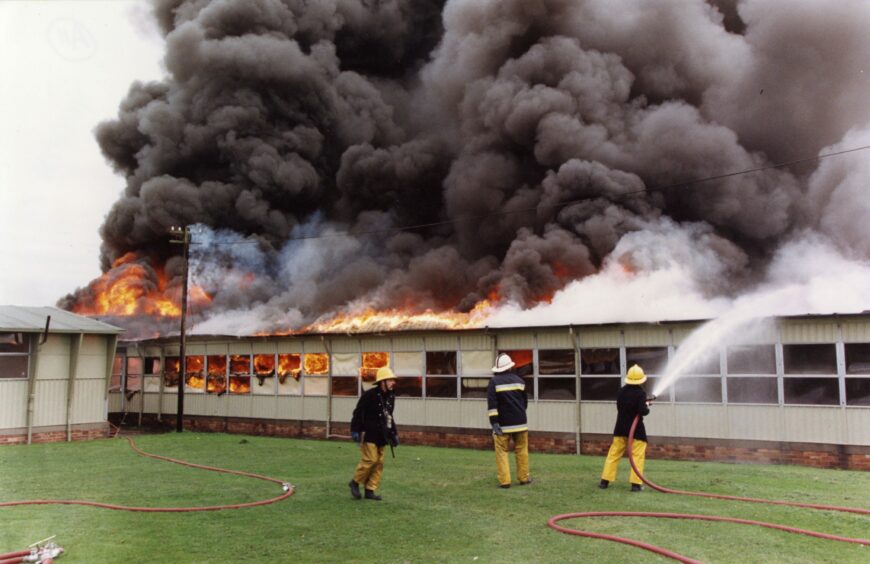
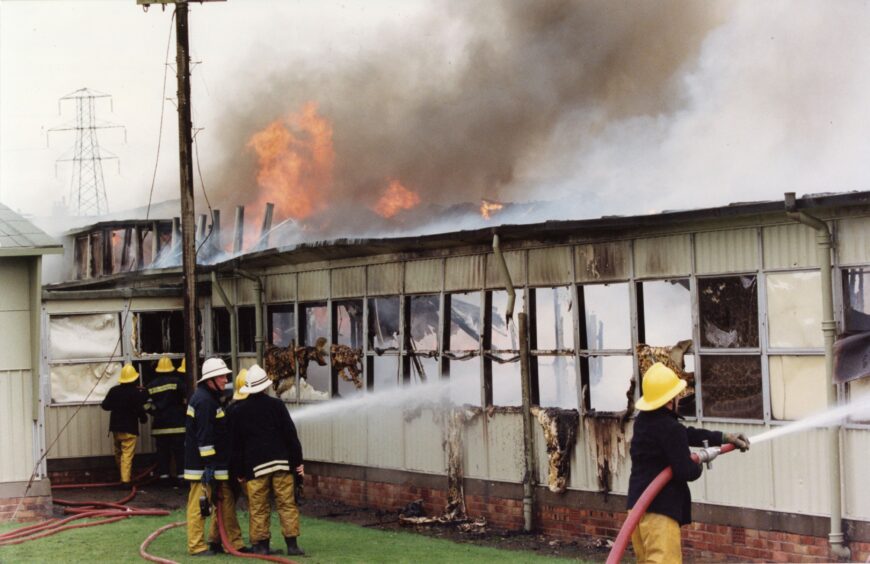
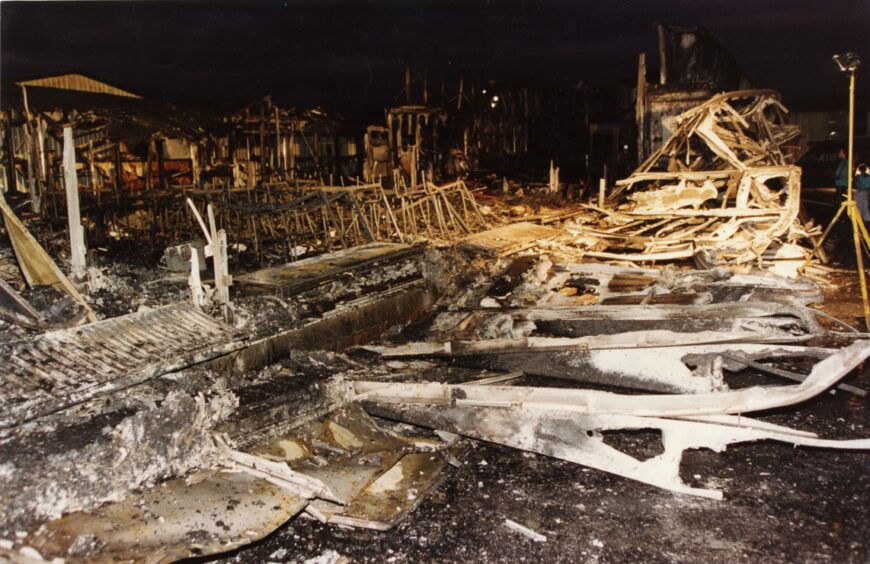
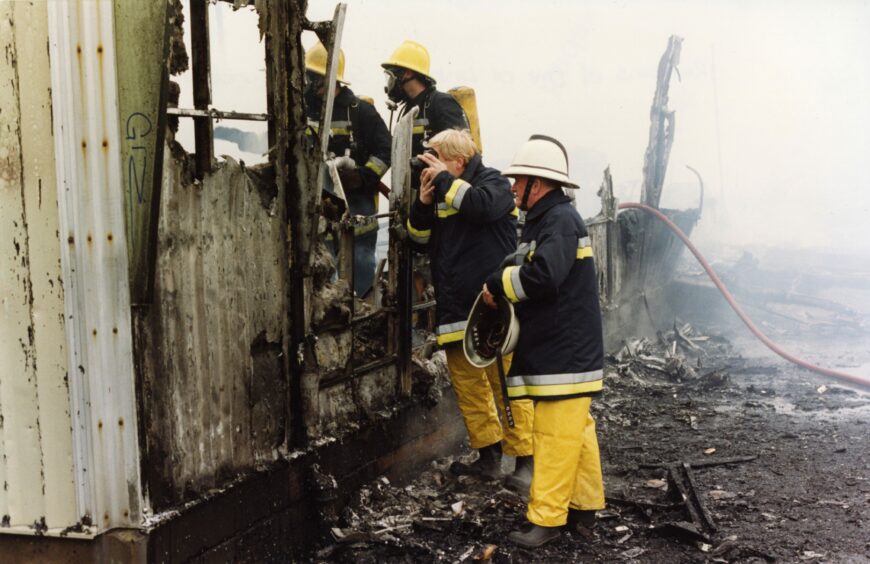
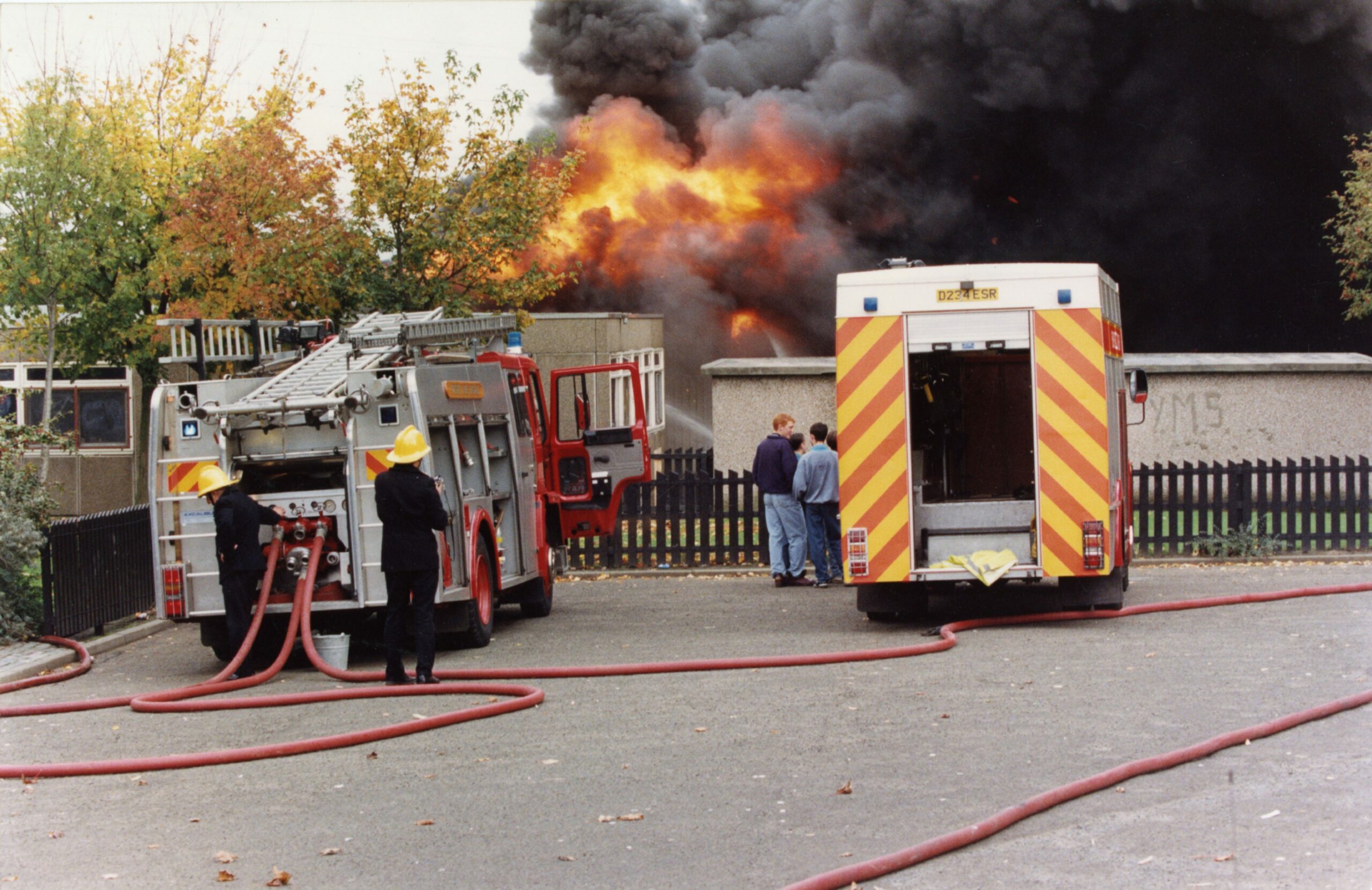
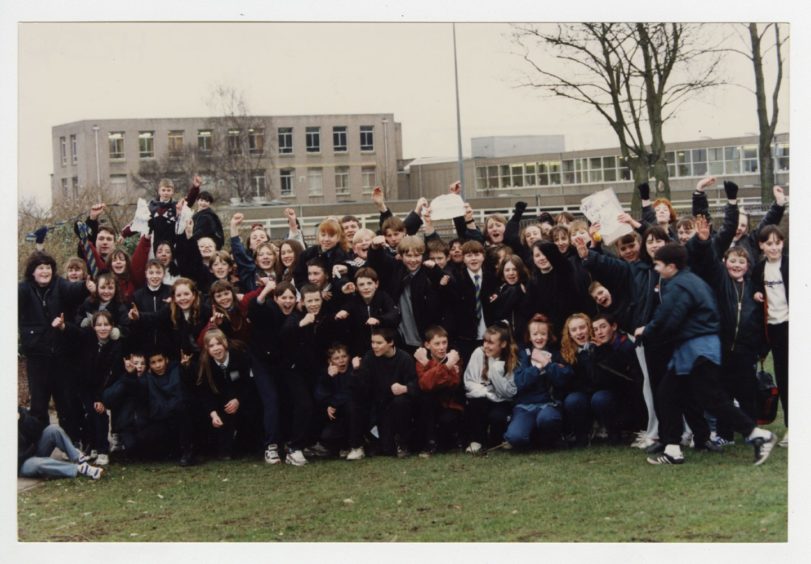










Conversation